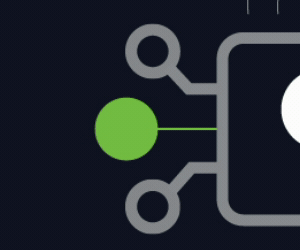Investing in a spectrum of technologies, IT professionals are serious about implementing cybersecurity solutions with AI. This interest in adopting AI-based tools comes on the heels of digital learning having intensified the need for cybersecurity protection.
“Almost every vendor in a school system today — around cybersecurity, network security, application security, endpoint security, MDR, you name it — every one of them is talking about AI. And they’re all bringing AI to school districts rather quickly,” says David Waugh, chief revenue officer at ManagedMethods.
“That type of technology is getting an overhaul in real time,” he adds.
Cybersecurity tools equipped with predictive analytics allow schools to classify and analyze the root cause of cybersecurity incidents, says Kapil Bakshi, distinguished systems engineer for the U.S. public sector at Cisco.
“We’re not just protecting networks and end users, we’re protecting AI models and services because we embed AI into our security solutions,” Bakshi says.
Here are some key areas in which IT leaders can implement AI-powered cybersecurity solutions in K–12 schools.
End-to-End Security Addresses AI Safety Concerns
Some solutions provide security for applications from development to deployment. These end-to-end solutions can put policies or constraints in place for AI, Bakshi explains. They also protect K–12 schools from AI safety issues such as hallucinations.
DISCOVER: Secure AI tools within your digital learning environment.
Bakshi notes the danger of AI-based applications with large language models providing toxic content to children. Solutions like Cisco AI Defense can address these safety concerns by providing guardrails for every AI application. The platform can detect shadow and sanctioned AI applications in public and private clouds, according to Cisco. Access control features prevent employees from using unsanctioned AI tools.
Cisco AI Defense also incorporates algorithmic AI red teaming, a “behind-the-scenes” security technique to test AI applications and models against multiple attack and threat categories, which identifies AI safety risks and provides guardrails around them, Bakshi says.
Managed Detection and Response Uses AI to Watch for Threats
MDR provides around-the-clock monitoring and threat detection and can investigate alerts.











